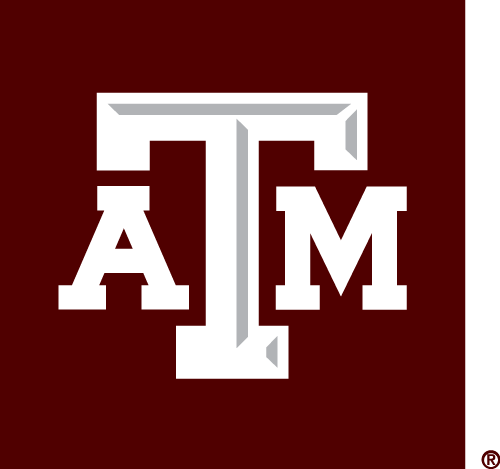Things You Can Do To Speed Approval
of Your AUPThe following represent the top ten reasons protocols are returned to investigators. Paying particular attention to these will help reduce the processing time of your protocol.
1. Submit a Current AUP Form
To ensure questions recently revised by the IACUC are answered appropriately, the IACUC will not accept any former version of the AUP application. To submit an AUP for IACUC review, log in to the iRIS system. For instructions on how to log in to iRIS, visit our informational portal.
2. Use Lay Terminology
One of the most common reasons AUPs are returned to the PI for revision is a request to restate the scope of the protocol and animal procedures in lay terminology. Since the committee is comprised of both scientific and non-scientific members, it is important to state these in terms understandable by the general public.
3. Fill In the Blanks
AUPs will be returned for omission of information. If a question is not applicable, place a N/A in the section. Common areas that are often incomplete are for example, failing to give the dose, route AND frequency of the administration of anesthetic agents; or if restraint is being used, failing to state the length of the restraint as well as the means.
4. Animal Numbers
Investigators must scientifically justify the number of animals being requested in their protocol. The use of statistical power analyses to evaluate experiment group sizes has become more widespread and generally expected. It is imperative that the total number of animals requested for use in the protocol include the number of breeding animals and all offspring, even if not used (i.e. offspring of wrong genotype, etc.).
5. Personnel Listed on AUP
Identify all personnel expected to perform procedures or provide animal care and identify the type of procedures they will perform. Additional personnel may be added as needed by submitting an amendment. Please note all participants are required to sign the AUP. Signatures must be received before approval is granted.
6. Personnel Qualifications
You must state how each participant is qualified to perform the procedures they’ve been assigned to conduct. The IACUC requires that participants have experience and have had training with the specific species. It is the PI’s responsibility to ensure that all participants have the appropriate experience and/or training.
7. Clearly Describe Anesthesia, Analgesia, and Euthanasia
Clearly identify the agents used, route of euthanasia, dosages and frequencies given. IACUC has developed guidelines for euthanasia. If you go outside the boundaries of the guidelines approved by the IACUC, scientific justification must be provided.
8. Make Sure Your Locations Are Approved
The IACUC conducts semi-annual inspections on all areas where animals are used in teaching, research or testing. Make sure that the area where you are conducting work has been approved. If you are not sure, contact the Office of Research Compliance and Biosafety’s Animal Protection Program.
9. Pain and Distress
Federal animal care guidelines require IACUCs to consider whether investigators have minimized pain and distress. If potentially painful procedures are planned, you may be asked to modify them or provide justification for their use. Make sure you explain your scientific justification for any potentially painful procedures.
10. Provide Your Grant Proposal
The IACUC will not approve an AUP until it receives a copy of the grant proposal.
